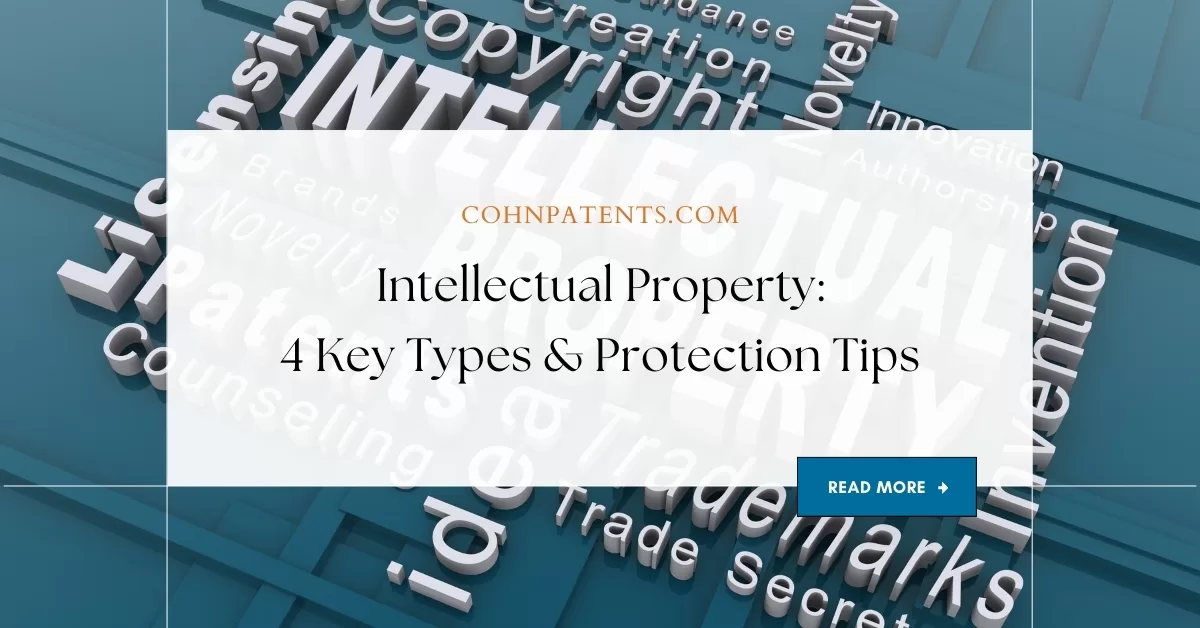Understanding Intellectual Property: Protect Your Ideas
Intellectual property (IP) is the legal definition used to encompass inventions and artistic works, including ideas. Anything that’s practical on a commercial level can be considered IP. This includes copyrights, patents and trademarks. In many ways, IP is legally handled the same way other material products are. There are four main types of IP litigation: copyright law, patent law, trademark law and trade secret law.
People often mistakenly assume that IP includes any thought that passes through their mind. However, in order to have a case for IP theft or infringement, the idea needs to be commercially viable in some way. This means that it’s tangible or recorded in some form, making it appropriate for a copyright, patent or trademark.
Making IP even more confusing is the fact that the actual inventor of an idea may not necessarily own the rights to it. For example, if one person comes up with an idea in a scientific setting, the rights to that idea may actually be owned by the company that the person works for. That means that if the employee leaves the company, they can’t sell or profit from their idea, even though they came up with it. Furthermore, if the original company is bought by another company, the new company also buys the rights to IP.
Unfortunately, some court decisions actually make it easy for people to borrow an idea or create one extremely similar to an original idea. For example, it’s legal to parody a product that’s been trademarked. This type of IP “infringement” is technically legal because it’s considered social commentary.
Understanding IP can be tricky and there are seemingly endless gray areas. It’s recommended that inventors and people in creative jobs register and protect their ideas to prevent and combat infringement. As long as the owner of the idea has an actual date of origination, which comes from something like a copyright, proving IP theft is made much easier. There are two main times when a medical professional, inventor, scientist or artist may need an IP lawyer: when they need to protect their work to prevent infringement and when they need to fight against IP theft.
Contact your Patent Attorney to learn more.


